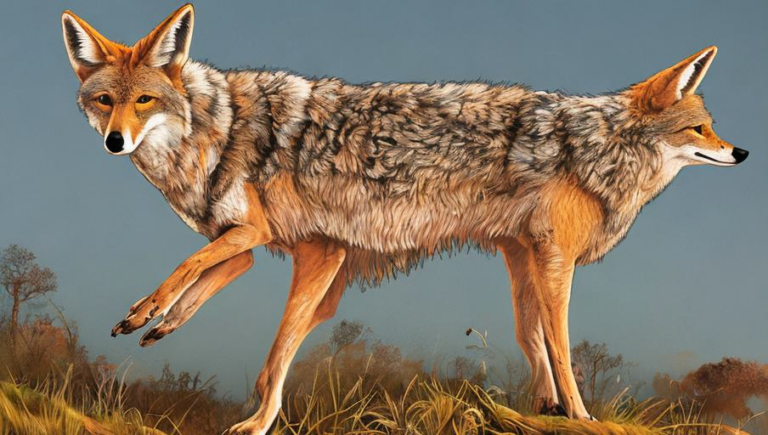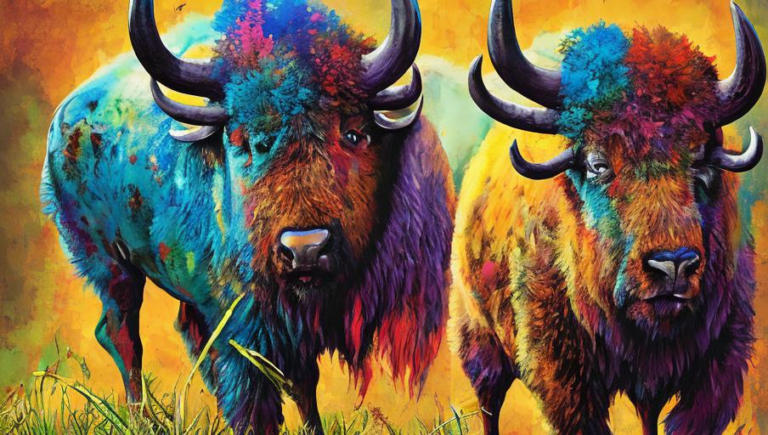Lively Alpacas: Understanding Their Behavior

Introduction
Alpacas are incredibly lively animals that bring joy to many who observe them. Originally from the mountain regions of South America, alpacas are closely related to llamas and vicuñas. These animals are most commonly found in Peru, Bolivia, and Chile. There are two breeds of alpacas, the Huacaya and the Suri. The Huacaya alpacas have a dense, crimpy fleece, while the Suri alpacas have a long, silky fleece. Alpacas have a variety of behaviors that make them interesting to observe, and understanding these behaviors is important for their care and well-being.
Alpaca Behaviors
Alpacas communicate through a variety of vocalizations and body language. They can make different noises, such as humming and snorting, to express different emotions or to communicate with other alpacas. Alpacas also use their ears, eyes, tails, and body posture to convey non-verbal messages. They may also spit and kick as a form of aggression. Alpacas also perform a behavior called “stomping,” which is a sign of dominance.
Socializing
Alpacas are very social animals and can form strong bonds with one another, as well as with humans. They are typically very friendly and curious, often approaching humans and other animals to investigate. Alpacas enjoy being petted and groomed, which helps strengthen their bond with humans. Alpacas also have a strong sense of hierarchy and will establish a social order among themselves. This social order is based on age, size, strength, and dominance.
Herding and Flocking
Alpacas are herd animals, meaning that they prefer to be part of a group. They will form close relationships with the other alpacas in their herd and will often stick together when in danger. Alpacas also have a natural instinct to flock together when grazing, and will often form a circle to protect the young from predators. Alpacas also have a strong sense of direction and will often return to their home if they become separated from their herd.
Mating Habits
Alpacas reach sexual maturity at around three years of age. During the mating season, male alpacas will fight for dominance over the female alpacas in their herd. The winner of the fight will then become the leader of the herd and will have first access to the female alpacas. Alpacas mate for life and will often stay with the same mate for up to five years.
Conclusion
Alpacas are lively and curious animals that have a variety of behaviors that make them interesting to observe. They are social animals that form strong bonds with one another and with humans. Alpacas also flock together when grazing and have a strong sense of hierarchy and direction. Mating season is an important time for alpacas, as males will fight for dominance over the female alpacas in their herd. Understanding alpaca behavior is important for their care and well-being.





